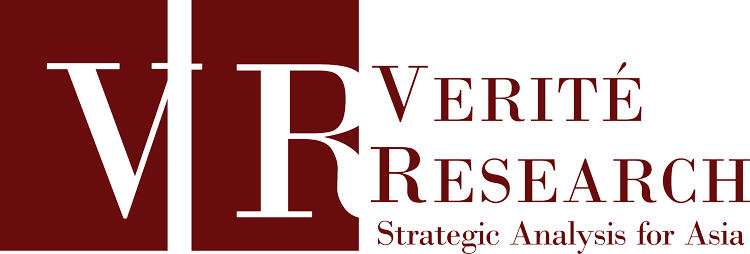| dc.contributor.author | Wettimuny, Shamara | |
| dc.contributor.author | Esufally, Sabrina | |
| dc.contributor.author | Gunatilleke, Gehan | |
| dc.date.accessioned | 2020-04-07T13:54:37Z | |
| dc.date.available | 2020-04-07T13:54:37Z | |
| dc.date.issued | 2017-12 | |
| dc.identifier.uri | http://repo.veriteresearch.net/handle/123456789/1965 | |
| dc.description.abstract | The methodology focuses on the online proactive disclosure of the central
government. The methodology is based on international good practice and on the requirements
for proactive disclosure set out under sections 8 and 9 of the RTI Act, and Regulation No. 20
under the Act. Sections 8 and 9 of the RTI Act are applicable to all ministries (thereby excluding
the Offices of the President and the Prime Minister), while Regulation No. 20 is applicable to ‘all
public authorities’, including ministries. Verité Research then used this methodology to monitor and
evaluate the online proactive disclosure of information under the RTI Act by 53 cabinet portfolios and the Office of the President and Prime Minister.
Public authorities were ranked for their online proactive disclosure of information pertaining to eleven categories of information, which were further divided into 30 subcategories. The categories
of information include:
1. Institutional Information
2. Organisational Information
3. Operational Information and Decision-making Processes
4. Public Services
5. Public Policy, Legislation and Regulation
6. Public Participation
7. Public Procurement and Subsidies
Budgets, Expenditure and Finances
9. Categorisation of and Systems for Accessing Information
10. Prior Disclosures of Information
11. Prior Disclosures of Public Investments under section 9 of RTI Act
A scoring scheme was devised to incentivise public authorities to disclose certain types of information. These three types of information were:
Type 1: up-to-date information (maximum score of 2 points)
Type 2: complete information (maximum score of 3 points)
Type 3: up-to-date and complete information (maximum score of 4 points)
The Overall baseline for online proactive disclosure is: 49 out of the 55 public authorities assessed
scored only between 11% and 40%, placing them in the ‘moderately unsatisfactory’ band. By contrast, only three public authorities scored over 40%, falling within the ‘moderately satisfactory’ band.
Furthermore, three public authorities scored less than 10%, falling within the ‘unsatisfactory band’. This can notably be explained by the recent adoption of this policy and the limited awareness about these specific legal requirements among public officials. | en_US |
| dc.language.iso | en | en_US |
| dc.publisher | Verité Research | en_US |
| dc.subject | RTI | en_US |
| dc.subject | Proactive disclosure | en_US |
| dc.subject | public accountability | en_US |
| dc.subject | public accessibility | en_US |
| dc.subject | Section 14 of the RTI Act | en_US |
| dc.subject | Regulation No. 20 under the RTI Act | en_US |
| dc.subject | website of ministries | en_US |
| dc.subject | Statutory obligations on proactive disclosure | en_US |
| dc.subject | Regulatory obligations on proactive disclosure | en_US |
| dc.subject | ranking of public authorities | en_US |
| dc.subject | Section 8 of RTI Act | en_US |
| dc.subject | Section 9 of RTI Act | en_US |
| dc.subject | content disclosure by public authorities | en_US |
| dc.title | Online Proactive Disclosure under the RTI Act in Sri Lanka: A Monitoring Framework and Baseline Assessment | en_US |
| dc.type | Other | en_US |

